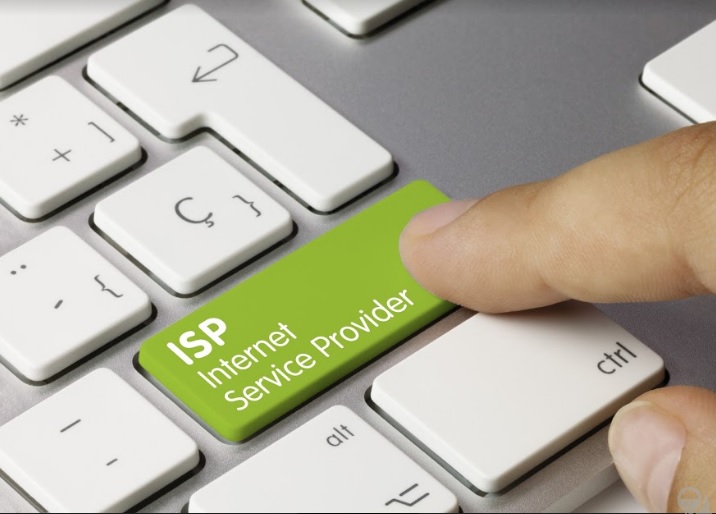How To Choose The Right Internet Service Provider
Internet has become a necessity in your everyday life. Whether you’re at home, running a small business, or using your mobile gadgets on the go, you want to have a good internet connection to keep up with the fast-paced digital world.
With that said, you want to choose a reliable internet service provider. Here’s a guide on how to choose the right ISP for your needs:
1. Think Location
The first thing you need to figure out is what’s available in your area.
In addition, please note that Internet speed, service prices, package lineups and special offers will also vary by region.
The online advertisements you see may only apply to certain coverage areas. So, always check the availability of an internet bundle before deciding it’s the one for you.
2. Type of Internet Service Available
There are several kinds of internet service which you can get. Of course, services may also depend on the location. So, when you switch to wireless or satellite consider the ideas below:
- DSL
DSL is short for Digital Subscriber Line which delivers internet connection through your existing telephone line. In general, DSL is the cheapest form of broadband internet available.
The biggest drawback of this kind is, it’s entirely based on distance. The farther you are from the provider, the slower the service and vice versa.
- Cable Internet
Cable internet delivers internet connection via cable service. Advertised speed for this type is usually higher than DSL. Unfortunately, with cable internet, you’re sharing the service with your neighborhood, meaning it can be slower during busy times.
- Satellite Internet
This type uses satellite service, bouncing internet signals off of satellites. With this service, you don’t have to worry about cables or even wireless towers. Sometimes, this is the only high-speed internet service available only to rural areas. Compared with other forms of the Internet, satellite services may be slower.
- Fiber-Optic Internet
Fiber-optic Internet is limited to certain areas, but as it becomes the first choice for Internet services, it is now rapidly being promoted. Generally, fiber-optic Internet is very similar to DSL, but its speed is as high as 500mbps, and it is getting faster with the advancement of technology.
All in all, for most people, you first have to look at the fiber-optic Internet or DSL service in your area. If that is unavailable, then check out for cable service. If it’s still unavailable, then
3. Determine The Speed You Need
As of March 2021, there were more than 5.16 billion internet users worldwide and surfing the internet stats are increasing year on year as people are using high end mobile devices extensively. The next thing you need to figure out is speed. You will need an internet plan with enough upload and download speeds in order to accomplish your everyday Wi-Fi tasks with no problems.
You want an internet that’s fast, but not too fast that you end up paying for bandwidth that you will not use.
For general web surfing, social media, and emails, you’ll need about 1mbps. For online gaming and video conferencing, a speed of up to 5mbps should be enough. For video streaming, you’ll need about 8mbps for 1080p and up to 25mbps for 4K streaming. If you like to download movies and other large files or for your business use, then consider getting speeds of up to 50mbps.
You also need to take into consideration the number of people who will use the service. The more users and devices you have on your network, the more bandwidth it takes up. Also, you need to consider how many smart home devices will be using the internet. For instance, devices like a smart security camera will continuously upload data, eating your bandwidth too quickly.
4. Compare Plans and Pricing
You want an internet plan that offers you dependable service, enough speed, and a large enough data limit for the month— all at a pricing plan you can afford.
Compare providers in your area. Each internet provider will have its own specialties and pricing package. Here are the major things to consider:
- Pricing plan
- Speeds
- Data caps + overage fees
- Installation + equipment costs
Some provider offers straightforward and affordable plans while others deliver ultrafast speed for higher costs. Most providers also impose data caps which limit how much internet you can use on a monthly basis, although some offer unlimited data.
Of course, some providers may offer discounts, promotions, and package deals, including ones that cover the cost of installation and equipment.
Conclusion
By now you should have identified an internet service provider in your area that offers the optimum speed you need at a price that won’t make your wallet cry. You have done your careful research and we have got your back in every step of the way. So, go ahead and enjoy surfing the internet with your chosen ISP!
























